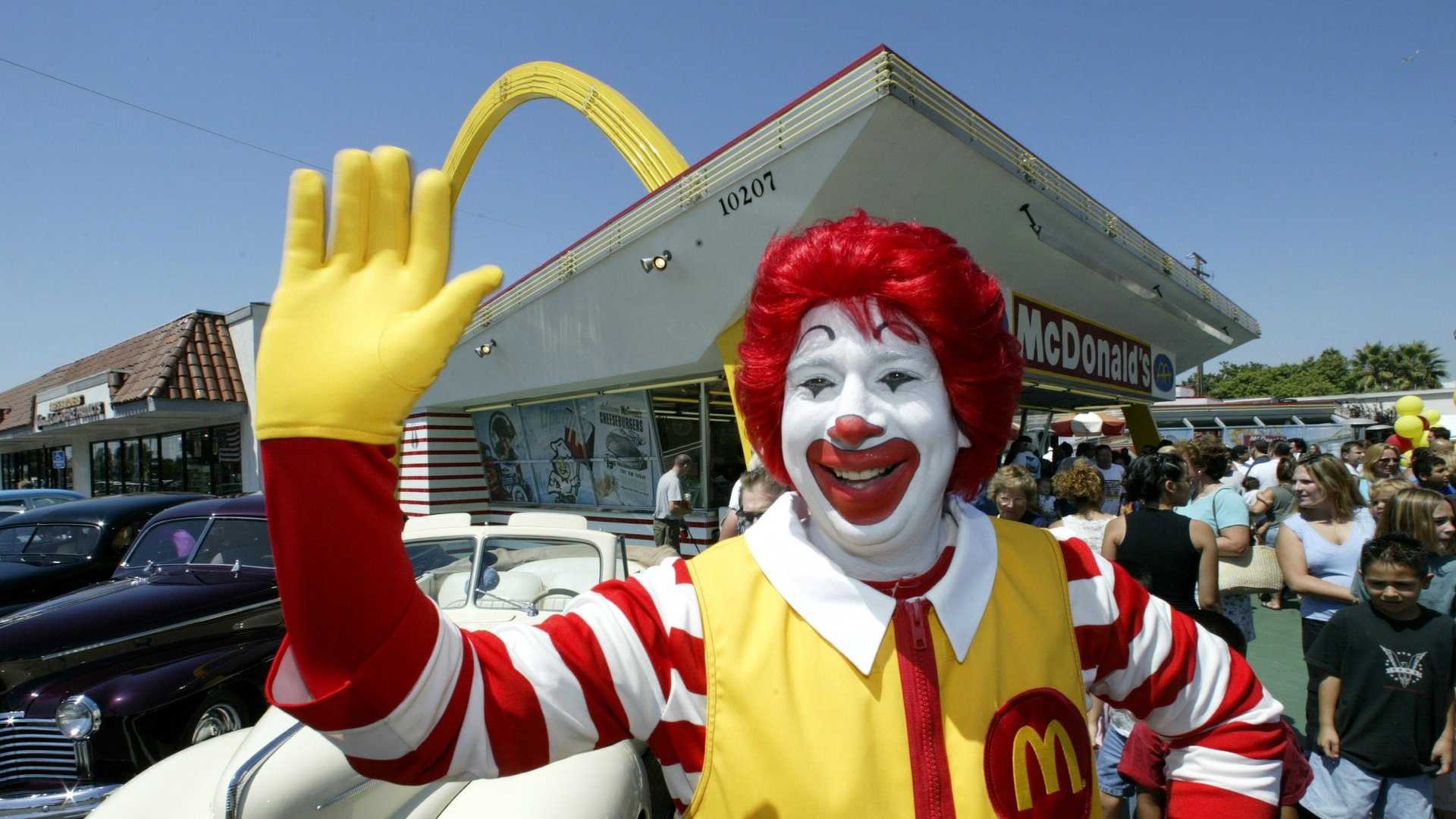In a win for sheer unhealthiness, most people are using McDonald’s new delivery service late at night
As the US has just been confirmed as the most obese country on the planet, McDonald’s CEO Steve Easterbrook this week crowed to investors about the rapid expansion of his company’s new option for hamburger delivery.


As the US has just been confirmed as the most obese country on the planet, McDonald’s CEO Steve Easterbrook this week crowed to investors about the rapid expansion of his company’s new option for hamburger delivery.
The expansion comes after the company partnered with UberEATS to offer delivery in Miami, Tampa, and Orlando. A subsequent expansion in May included a total of 14 more major US cities and all of New Jersey. Easterbrook said most of its delivery customers skew younger, and 60% of their delivery orders are made in the evening (30% after 11pm).
Nearly 75% of the US population live within three miles of a McDonald’s restaurant at any given moment. That gives the company an impressive built-in infrastructure by which is can launch its delivery service. Right now, it’s offered at just over 2,000 locations, but by the end of June the company will increase that number to more than 3,500, Easterbrook told investors this week.
The development of deliverable McDonald’s is representative of how two culture-shifting titans—McDonald’s and Amazon—have shaped commercial habits in America and the rest of the world. McDonald’s pioneered faster food. Amazon made faster delivery a reality. Put the two together and the “exponential rate of growth is quite phenomenal,” Easterbrook told investors this week.
“Amazon—I mean, so, so many people are switching their lifestyle habits to having home delivery of many, many multiple things,” Easterbrook added. “Food is just one of those.”
The fast-food chain—the largest in the world—has made a bid to revamp its image to consumers who increasingly want fresher food that’s more convenient. The chain introduced fresh beef burgers across the US in March. A month after that it announced it’d unveil a mobile pre-ordering platform at 14,000 of its US locations by the end of 2017. Both are considered key when competing with fresher-food rivals, such as Panera Bread Company.
McDonald’s push to revamp how it approaches convenience is not limited to food delivery. The company is rolling out in-store kiosks around the globe from which consumers can order food on their own through a touchscreen computer system. Such kiosks were initially tested in Canada in 2015, where use of them has doubled year-on-year, Easterbrook said. He added that one company goal is to allow consumers to pull up personal profiles on any given kiosk.